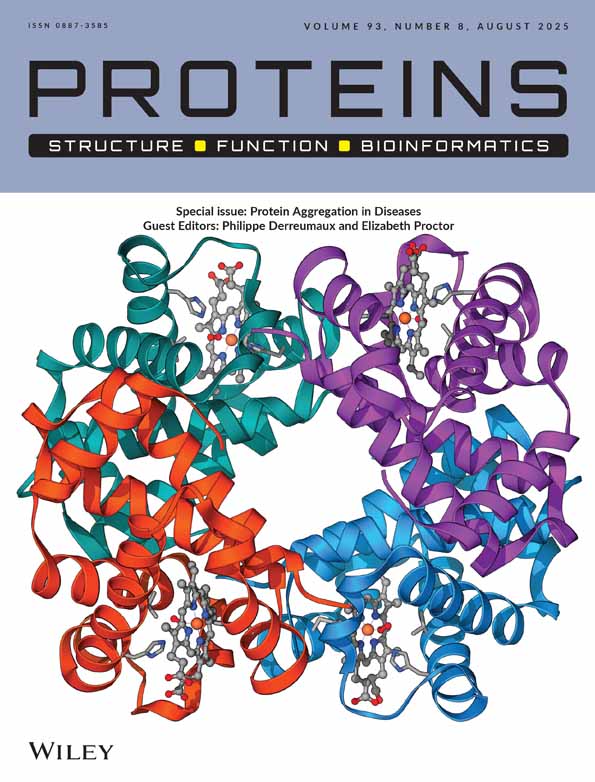Enhancement of protein modeling by human intervention in applying the automatic programs 3D-JIGSAW and 3D-PSSM
Abstract
Fourteen models were constructed and analyzed for the comparative modeling section of Critical Assessment of Techniques for Protein Structure Prediction (CASP4). Sequence identity between each target and the best possible parent(s) ranged between 55 and 13%, and the root-mean-square deviation between model and target was from 0.8 to 17.9 Å. In the fold recognition section, 10 of the 11 remote homologues were recognized. The modeling protocols are a combination of automated computer algorithms, 3D-JIGSAW (for comparative modeling) and 3D-PSSM (for fold recognition), with human intervention at certain critical stages. In particular, intervention is required to check superfamily assignment, best possible parents from which to model, sequence alignments to those parents and take-off regions for modeling variable regions. There now is a convergence of algorithms for comparative modeling and fold recognition, particularly in the region of remote homology. Proteins 2001;Suppl 5:39–46. © 2002 Wiley-Liss, Inc.




